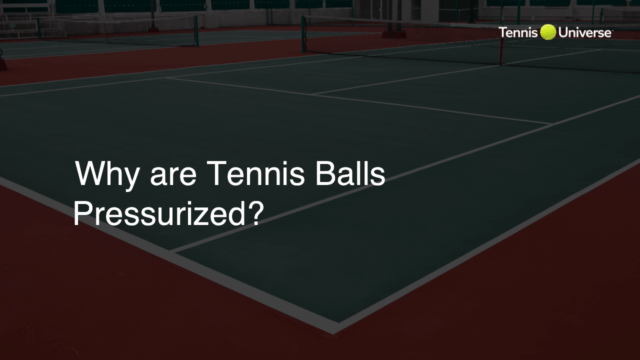In tennis, the player who serves first is determined by a coin toss or racket spin before the match begins. The winner of the coin toss or spin can choose to serve first, receive first, or pick a side of the court. The other player makes the remaining choice.
Determining Who Serves First in Tennis
In tennis, it’s important to establish who serves first at the beginning of a match. This decision is made through either a coin toss or a spin of a tennis racket. The winner of the coin toss or spin has the opportunity to make the first choice.
Choices After Winning the Toss or Spin
The winner can choose one of the following options:
- Serve first
- Receive first
- Select a side of the court
The player who did not win the coin toss or spin will then make the remaining choice.
Rotating Service Throughout the Match
After the initial server is determined, service alternates between the players as the match progresses. It’s important to keep track of the service order to ensure fair play. The server will change after each odd-numbered game as well as at the beginning of each set.
Benefits of Serving First
Serving first can offer some psychological and strategic benefits to a player. They have the chance to:
- Establish an early lead
- Set the tone of the match
- Pressure the opponent from the beginning
However, not all players prefer to serve first. Some players prefer to receive first in order to get a feel for their opponent’s serve.
Using Tennis Racket Spin
If a coin is not readily available, players often rely on the spin of a tennis racket to make a fair choice. To do this, one player will spin the racket while the other player calls either “up” or “down,” referring to the logo placement on the racket when it stops spinning.
Understanding Different Service Styles
Each tennis player typically has a unique service style, with some focusing on power, others on precision, and some on adding spin to the ball. Being familiar with an opponent’s service style can be valuable when deciding whether to serve or receive first. Keep these tennis tips in mind:
- Powerful serves may require extra concentration on receiving
- Precise serves might warrant a more strategic return approach
- Spin serves could call for adjusting stance or grip to counteract the movement
The Importance of the First Point
In tennis, the first point of each game is crucial in setting the momentum. Starting off strong can rattle an opponent and give the server an advantage. Here are some tennis tips for gaining the upper hand early:
- Focus on landing your first serve in-play to avoid surrendering a weak second serve
- Target an opponent’s weaker side to make it difficult for them to hit a powerful return
- Switch up your serving pattern to keep the opponent guessing
Role of Service Breaks
To win a tennis match, service breaks are often necessary—the act of winning a game when the opponent is serving. By receiving first, players can prioritize breaking their opponent’s serve early in the set. Consider these tennis tips for successful service breaks:
- Play aggressively and aim for deep returns on your opponent’s second serve
- Capitalize on any unforced errors made by the server
- Employ variation in your shots and keep your opponent off balance
Frequently Asked Questions
Here are some common questions and direct answers relating to the initial service order in tennis, drawing from the key information discussed in the blog post.
How is the first server determined in a tennis match?
The first server is determined by a coin toss or a spin of the tennis racket before the match begins. The winner of the toss or spin can choose to serve first, receive first, or pick a side of the court.
What choices does the winner of the coin toss or racket spin have?
The winner can choose to serve first, receive first, or select a side of the court. The player who did not win the coin toss or spin will make the remaining choice.
What are some benefits of serving first in tennis?
Serving first can offer psychological and strategic benefits, including establishing an early lead, setting the tone of the match, and putting pressure on the opponent from the start.
How do tennis players switch serving turns during the match?
Service alternates between the players as the match progresses. The server will change after each odd-numbered game, as well as at the beginning of each set.
What are some tips for breaking an opponent’s serve?
Some tips for breaking an opponent’s serve include playing aggressively, aiming for deep returns on their second serve, capitalizing on unforced errors, and using variation in your shots to keep them off balance.












